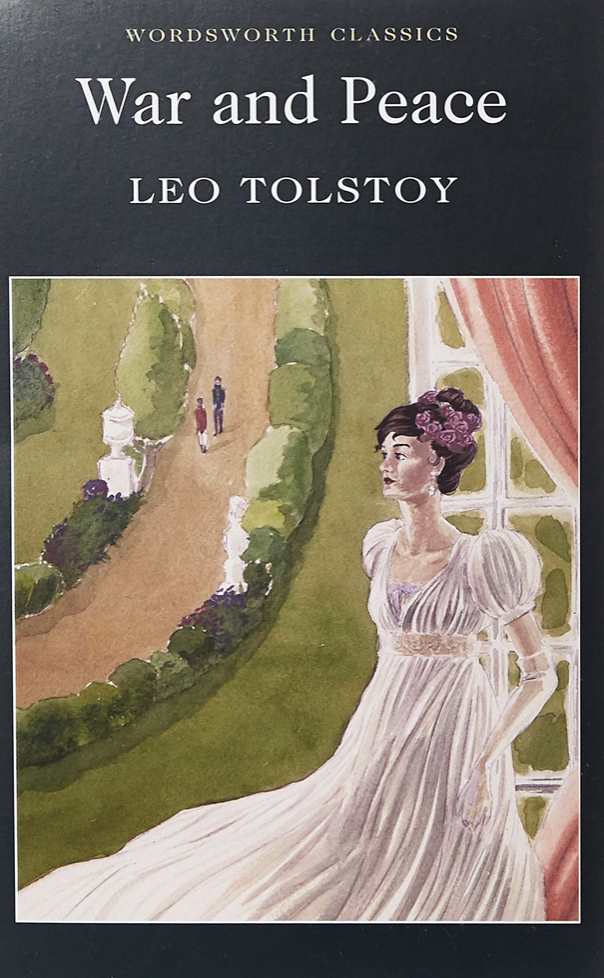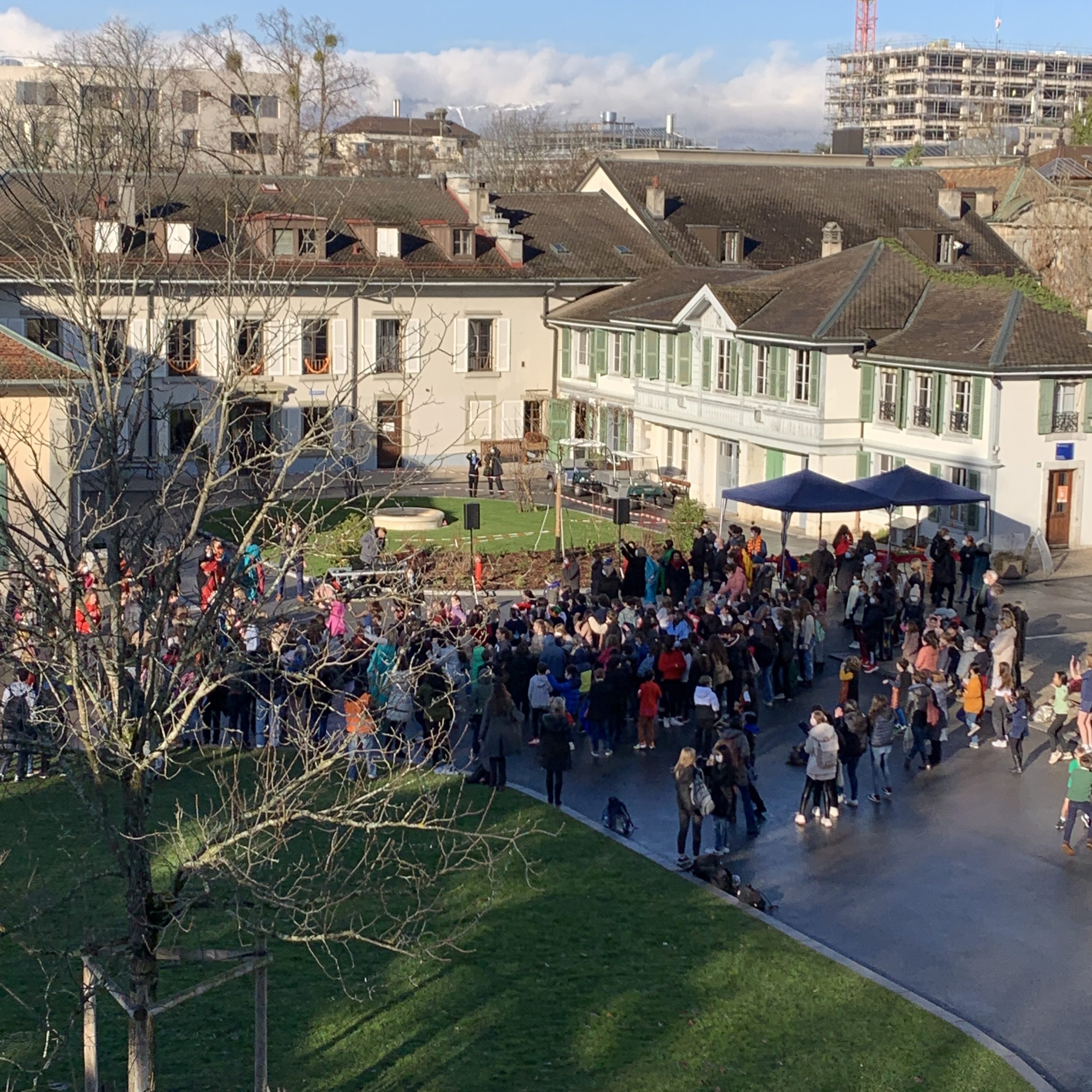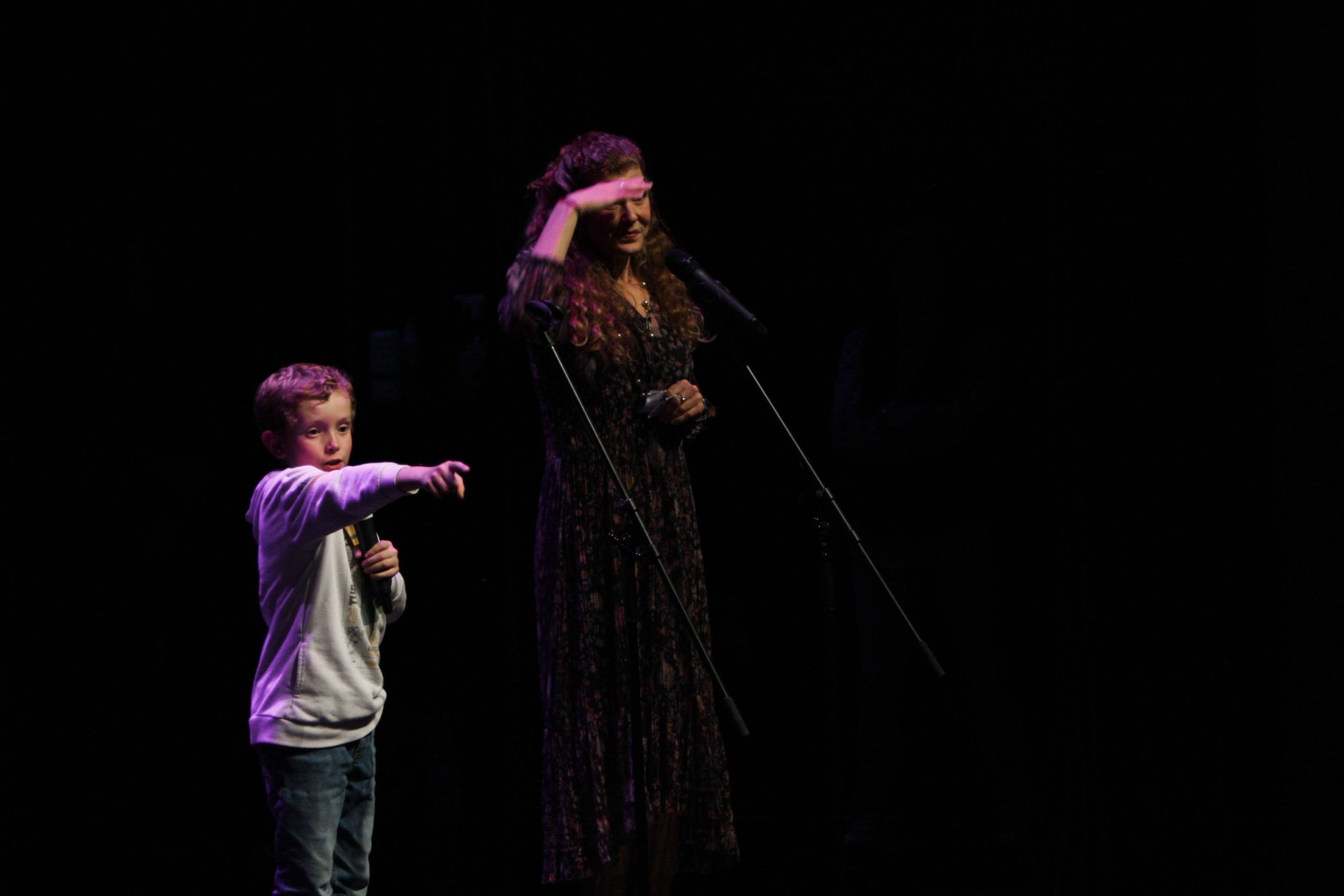By Dariga Atayeva, Year 12
When one hears of the book “War and Peace” by Leo Tolstoy, usually the first thing that comes to mind is the overwhelming size of the novel, given it is written over 1400 pages with four books in total. This seems daunting and rather intimidating, since who has the time and patience to read such a complicated book with 580 different characters? Well, that’s what I thought when I first discovered the book in my house, untouched. However, once I began reading and got through the first couple of chapters, I couldn’t stop.
War and Peace opens in St. Petersburg in 1805, when Napoleon’s conquests in Western Europe began to raise fear in Russia. We are introduced to many of the families whose domestic lives we further discover at Anna Pavlovna’s soirées, among whom are the Kuragins, the Rostovs, the Bolkonskys. We are also introduced to the – arguably, for it is not certain – main character Pierre Bezukhov, who believes he is destined to kill Napoleon and whom some say represents some of Tolstoy’s own character traits.
As the title indicates, the novel is split between the topics of political warfare and domestic life.
Overall, there are five families whose lives are thoroughly described alongside and in consequence of the Napoleonic Wars happening in their period (1805-1820). All five families have some common acquaintance or link between them, thus making the whole book interconnected.
What is most fascinating is the extent to which Tolstoy delves into each of the characters’ motives, thoughts and philosophies. It is difficult for any reader not to relate in some way to each character, as they represent the complex human nature common to us all. For instance, when we discover what leads to Natasha Rostova planning to elope with Anatole Kuragin despite being engaged with Andrei Bolkonsky, the reader does not view her as a cruel and egotistical woman lacking compassion. Instead, the reader is drawn to feel sympathy towards her throughout Tolstoy’s descriptions of her feelings and thoughts. By doing so, Tolstoy communicates an important lesson, that of trying to understand the inner lives of others before forming a one-sided judgement. In fact, Virginia Woolf assessed the novel in stating, “there is hardly any subject of human experience that is left out of War and Peace.” Natasha’s falling for Anatole can also be interpreted allegorically as Natasha represents Russia and Anatole France, thus mirroring the fall and event of France’s invasion of Moscow.
Throughout the wars, Tolstoy emphasises the perspectives and experiences of the soldiers, and their significance. He denounces historians for their ignorance of the common people in whose hands lay the real power and their sole focus on the leaders. My favourite quote where Tolstoy clearly indicates this, “it was necessary that millions of men in whose hands lay the real power–the soldiers who fired, or transported provisions and guns–should consent to carry out the will of these weak individuals (Napoleon and Alexander )” (Book Three, Part One, Chapter One).
You might have noticed by now that some of the characters in the novel are actual historical figures. In fact, one thing that stands out in War and Peace is how it employs real people in relation to the fictional ones. There are roughly 160 historical figures.
Before starting to read, I recommend trying to understand the historical context behind the novel. An important historical event that took place in 1789 is the French Revolution, during which the monarch was overthrown and France became a republic. Napoleon gained power in 1795 when Paul-Francois de Barras appointed him chief commander of the forces. During that time, Russia, influenced by Catherine II the Great who ruled between 1762-1796, adopted the French language among the nobility (which after the Napoleonic Wars was no longer the case). That is why it should not be surprising to readers to encounter a lot of French dialogue in Tolstoy’s depiction of Russian society. It is also important to note that St. Petersburg was the capital since it was made so in 1712 by Tsar Peter I The Great and that most nobility resided there.
In total, there are 10 battles depicted in War and Peace. Here is the list of all of them : Battle of Hollabrunn, the Battle of Austerlitz, the Battle of Shevardino Redoubt, the Battle of Tarutino, the Battle of Maloyaroslavets, the Battle of Vyazma, the battle of Krasnoi, the Battle of Berezina and finally the battle of Borodino.
To wrap up, I would really recommend the Oxford University Press edition translated with notes by Louise Maude and Aylmer Maude and edited with an introduction by Amy Mandelker. The introduction gives an insightful analysis of the novel, there is a list of the fictional and the historical characters, a chronology of the real historical events and several maps for better understanding of the battles.



